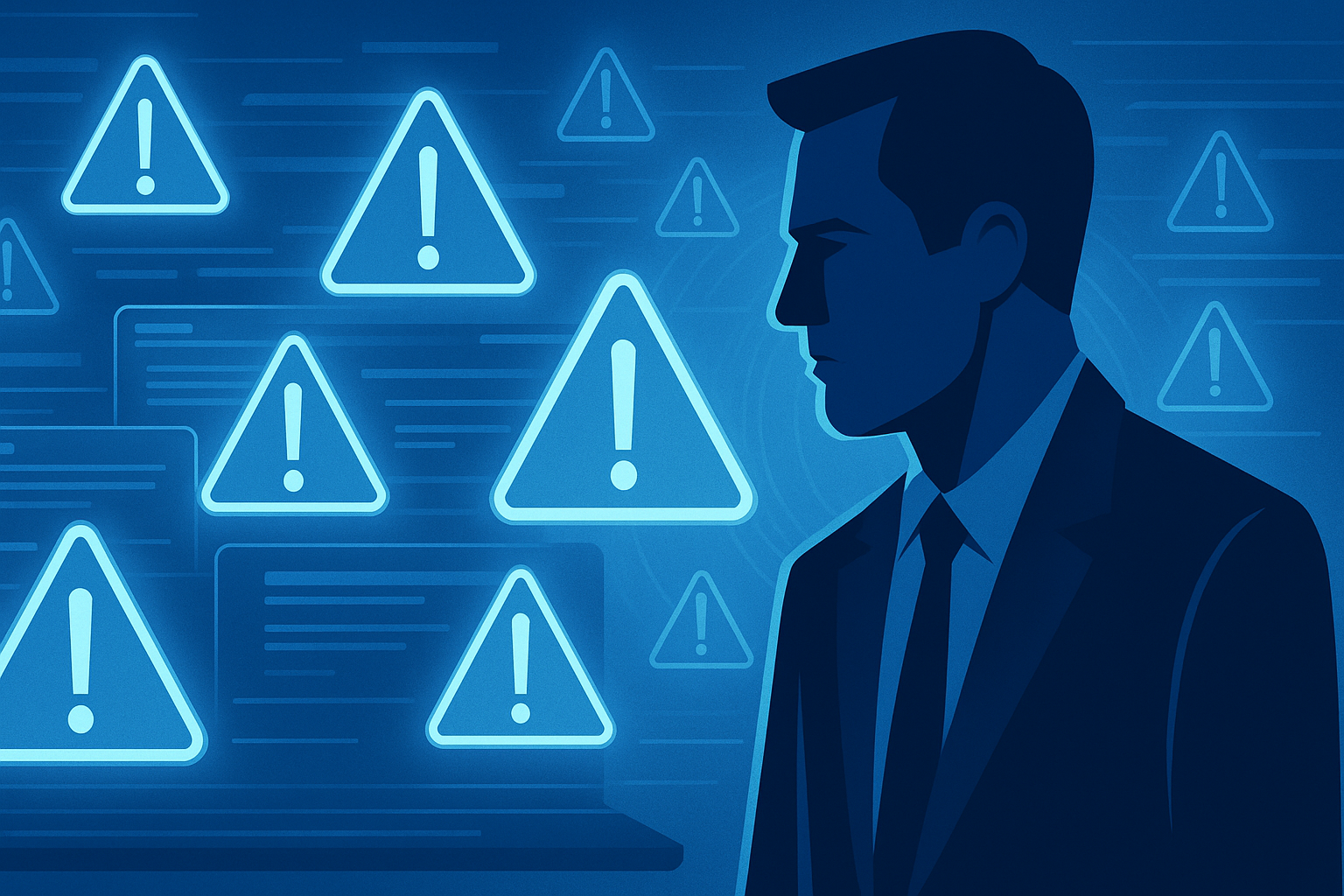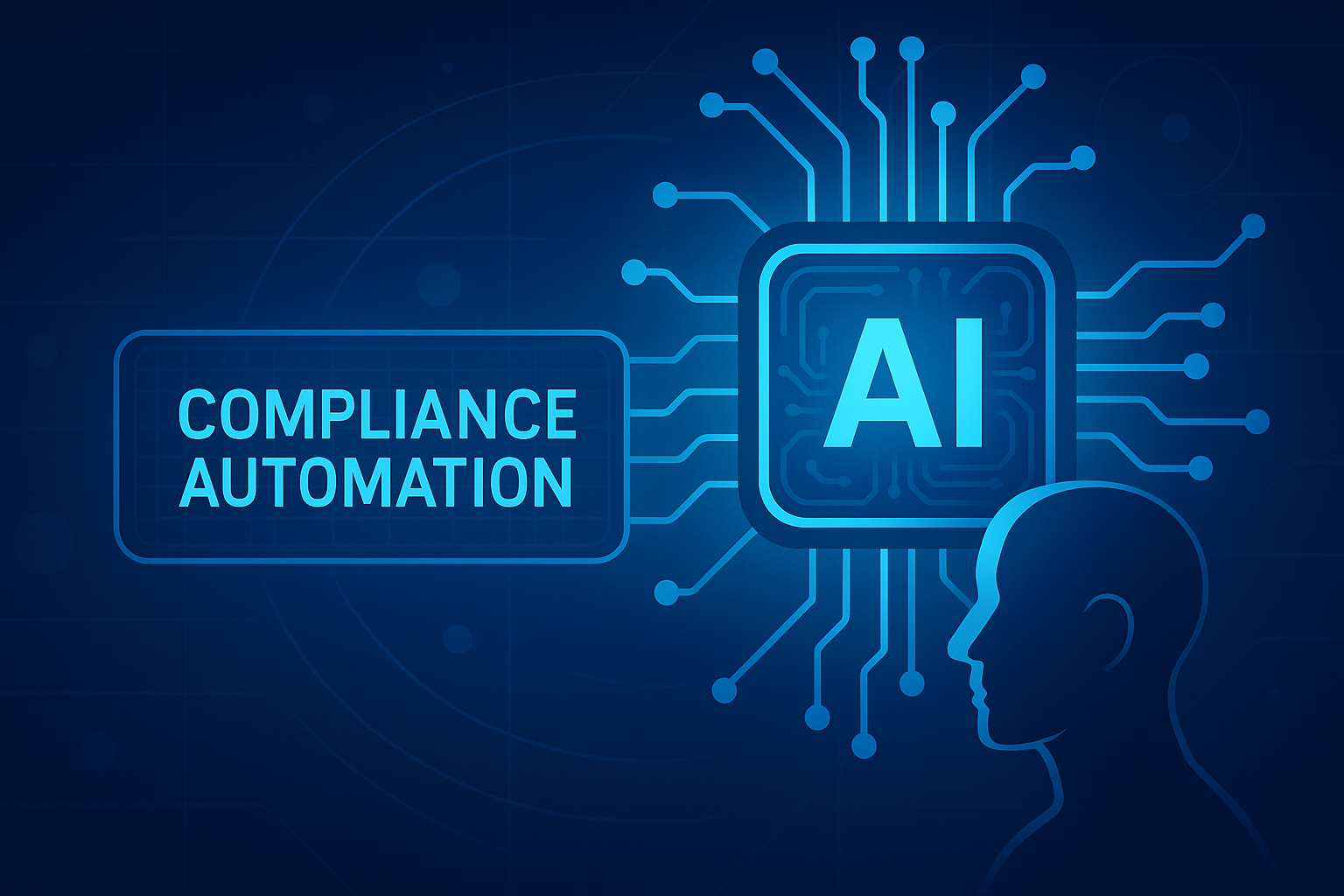In today's digital landscape, cybersecurity has become essential to corporate governance. With the increasing frequency and sophistication of cyber threats, the SEC has set forth new disclosure rules that serve as a framework for cybersecurity board reporting. These rules guide CISOs in crafting a cybersecurity Board report template that addresses critical cyber risk concerns and delivers visibility to the Board.
SEC Cybersecurity Risk Management & Incident Disclosure Rules
The SEC has established two primary requirements that outline how CISOs must approach cybersecurity risk management and reporting:
Risk Management Disclosure Requirements
Under these requirements, organizations must describe processes for assessing, identifying, and managing material risks from cybersecurity threats, including those involving third-party providers. This involves integrating these processes into the broader risk management system and engaging with third parties for process support.
Additionally, organizations must disclose the board's oversight and management's role in assessing and managing cybersecurity risks. This includes identifying specific positions or committees responsible for reporting to the Board. These disclosures are mandatory in the organization's annual report.
Incident Disclosure Requirements
Organizations must disclose details of any cybersecurity incidents determined to be material, including their nature, scope, and timing. This disclosure should also include information on the material impact of the incident on the organization's financial condition and results of operations.
Understanding Cybersecurity Processes and Third-Party Risks
CISOs must thoroughly understand the organization's cybersecurity processes and the risks associated with third-party providers to comply with the SEC Cybersecurity Rule. This involves regularly evaluating the organization's security posture through cyber risk assessments, penetration testing, and vulnerability scans. CISOs must also recognize and categorize material risks from cybersecurity threats that could adversely affect the organization's financial condition and business operations.
Implementing robust cybersecurity measures, developing incident response plans, and conducting cybersecurity training for employees are essential to managing and mitigating identified risks. Additionally, the increased reliance on third-party providers for various digital products and services introduces additional cybersecurity risks that organizations must monitor and manage effectively. This includes conducting thorough risk assessments of third-party vendors, establishing precise cybersecurity requirements in contracts, and continuously monitoring vendors' cybersecurity practices and performance to ensure compliance with contractual obligations and regulatory requirements.
Integrating cybersecurity processes and third-party risk management into the organization's broader risk management system is crucial for clear visibility of cyber impacts on financial and business operations. CISOs should prioritize cybersecurity risks based on their potential impact and quantify the financial and operational impacts of these risks to determine their materiality for incident disclosures. Implementing continuous monitoring mechanisms to track changes in the cybersecurity landscape, identifying new threats and vulnerabilities, and assessing their potential impact on the organization are vital steps.
Leveraging quantitative analysis and metrics, utilizing cybersecurity risk assessment tools and frameworks, and establishing clear criteria for determining the materiality of cybersecurity risks enables organizations to prioritize and focus on managing and mitigating the most significant risks effectively. By doing so, organizations can enhance their cybersecurity posture, protect their financial and business operations, and demonstrate transparency and accountability to stakeholders, ensuring compliance with SEC cybersecurity regulations.
Developing a Structure of Accountability
The SEC emphasizes establishing a clear accountability structure for cyber risk management. This involves identifying specific roles and responsibilities within the organization, such as the CISO and cybersecurity team, and establishing committees responsible for cyber risk reporting to the Board, such as the Audit Committee or Risk Committee. By clearly defining ownership of cybersecurity risks and ensuring that the appropriate committees are actively involved in managing and communicating these risks, organizations can enhance their ability to effectively identify, assess, and mitigate cyber threats. This structured approach strengthens the organization's cybersecurity posture and improves communication and transparency with the Board and other stakeholders.
Providing Clarity Into Cyber Operations
CISOs must clarify cybersecurity operations to executives and Board members by linking technology assets, threats, vulnerabilities, and business processes to demonstrate the impact of cyber risks on the organization's overall operations and financial health. This involves establishing a clear connection between the organization's infrastructure, potential threats and vulnerabilities, and the business processes they support. Accurate metrics and real-time data are crucial in this process, enabling CISOs to confidently disclose cybersecurity incidents and assess their materiality effectively.
By presenting this information clearly and comprehensibly, CISOs can enhance the Board's understanding of cybersecurity risks, facilitate informed decision-making, and prioritize resources and efforts to mitigate identified risks appropriately.
Maturing Cybersecurity Reporting
With these rules, the SEC aims to elevate cybersecurity reporting and frame it within business operations. CISOs must move beyond generic language and instead leverage metrics, real-time data, and organization-specific insights to deliver impactful and actionable insights on cyber operations. By providing detailed and tailored information about specific cybersecurity risks, potential impacts, and mitigation strategies, CISO Board reports can empower the Board to make well-informed decisions. This approach enhances the Board's understanding of the organization's cybersecurity posture. It enables them to effectively prioritize resources, assess the effectiveness of current cybersecurity measures, and proactively address potential vulnerabilities and threats.
Empower Cyber Board Presentations with CyberStrong
Tools like CyberStrong can empower CISOs to enhance their cybersecurity board presentations by providing robust features such as the Executive Dashboard and Risk Remediation Suite. The cybersecurity Executive Dashboard offers a comprehensive view of the organization's cyber risk management program, benchmarks its cybersecurity posture, identifies opportunities for maturity, and provides a top-down view of cyber risks. This feature enables CISOs to break down information silos, encourage ownership of information security across various functions, and improve executive buy-in across the organization by helping leaders understand the critical assets and the impact of cyber risks on business functions.
Additionally, the Risk Remediation Suite addresses the challenges faced by security teams in identifying, quantifying, communicating, and prioritizing remediation efforts. This suite of tools creates a cyber risk assessment report with meaningful remediation plans, allowing organizations to prioritize risk mitigation efforts effectively and present quantified insights and data-driven recommendations for resource allocation during Board meetings.
Critical Risk Objectives to Consider
When constructing cybersecurity board reports, CISOs must address four key risk objectives: Performance, Resilience, Assurance, and Compliance (PRAC).
- The Performance objective helps boards understand the operational impacts of cybersecurity risks on business continuity.
- The Resilience objective emphasizes the organization's response and recovery protocols during a cybersecurity incident.
- The Assurance objective ensures the completeness and accuracy of cybersecurity reporting, giving the board confidence in the organization's cyber risk management practices.
- The Compliance objective focuses on ensuring the organization's compliance with regulatory requirements and industry standards.
By addressing these PRAC objectives, CISOs can provide boards with a comprehensive understanding of the organization's cybersecurity risks, strategies, and compliance efforts, enabling informed decision-making and proactive management of cybersecurity risks.
In conclusion, complying with SEC cybersecurity disclosure rules is about meeting regulatory requirements and enhancing transparency, accountability, and investor confidence. Organizations can effectively manage cyber risks by following a step-by-step playbook for reporting cybersecurity to the Board and communicating their efforts to stakeholders.
Schedule a demo to learn how CyberStrong supports alignment with the SEC rules and provides cyber risk management solutions for executive reporting.





.png)
.png)
.png)
%201.png)
.png)





